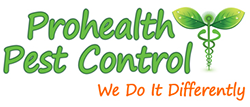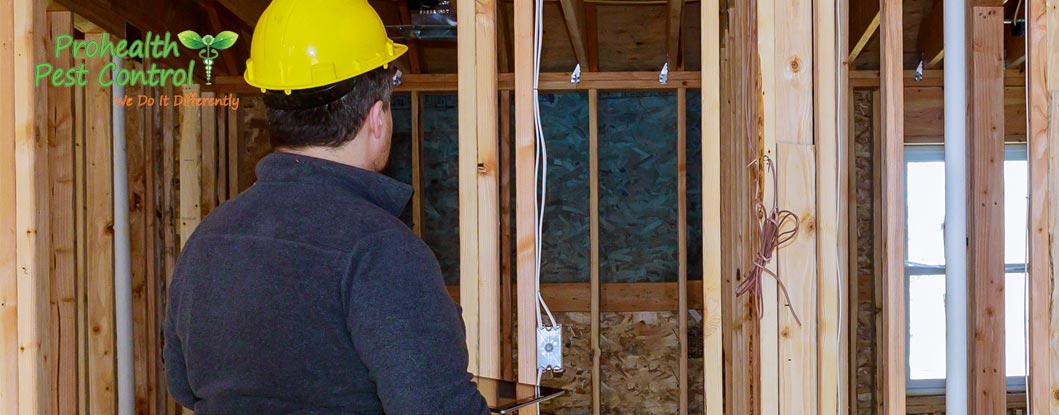What are wood destroying organisms?
There’s absolutely no feeling like purchasing a new home, especially when you walk through the front door on moving day. Unfortunately, many new homeowners over the years have been faced with the realization that they’ve encroached onto territory that has been claimed by dastardly squatters. We’re talking, of course, about wood destroying organisms that can quickly dampen on your homeownership celebration.
The most common wood destroying insects are drywood termites and subterranean termites, but carpenter ants can also be found in many areas. Today, we’re going to take a look at the dangers of an infestation, what’s involved in a wood-destroying organism inspection, and the importance of insect and termite control services.
Dangers of Wood Destroying Organisms
If you’ve read our blog before, you know we’ve discussed the dangers of wood destroying organisms in the past, particularly drywood and subterranean termites. These small insects eat wood for survival, which leads to damage to your home can cost you thousands of dollars and lead to a daily interruption until everything is repaired or replaced. In fact, due to extensive damage caused by these little bugs, homeowners all together spend billions in damages every single year.
Brief Overview of WDO Inspections
Since termites in your home can be such a hassle, wood destroying organism inspections have become increasingly commonplace. This will prevent any nasty surprises from popping up once you’ve moved into a new house. Performing a WDO inspection requires a certified professional and involves three basic steps, which we’ve detailed below.
Step One: Active Infestation Inspection
The most important part of the inspection is determining whether any established termite colonies already exist on the property. This worst-case scenario does happen, so it’s important that the inspector be thorough.
What they’re basically doing is looking for any signs of termites, such as mud tubes, rotting wood, frass (which is a termite’s feces), discarded wings, soft spots in the wood, peeling paint, and similar indicators. The inspector will also be able to tell you the extent of the damage, how much it will cost to get rid of the termites and estimates on what fixing the problem will likely cost.
Step Two: Potential Infestation Inspection
The next part of the inspection involves looking for conditions of the home that could lead to a termite infestation, but where the inspector has found no physical evidence of an existing colony. This includes checking for any areas where soil is coming into contact with the wood in your home. This type of contact will allow easy access for subterranean termites.
The inspector will also look for items like cracked tiles, missing grout, leaky gutters, or a faulty grade on the property. All of these situations can increase the likelihood of a future termite infestation.
Step Three: Inspection Recommendations
At the end of your wood-destroying organism inspection, you’ll receive a WDO report. This will discuss what was checked and the results of the inspector’s findings. However, there may be areas or items that he or she was unable to inspect at the time due to a lack of access, availability, or related reason. The report will provide details on all of this, including any recommendations on inspections that should be done on these items in the future.
Contact ProHealth Pest Control to Get Rid of Wood-Destroying Organisms
Termite control in Tampa is an essential part of being a property owner. ProHealth Pest Control has been getting rid of wood destroying organisms, other types of insects, arachnids, rodents, and other pests for many years. If you’re in need of an inspection or any other pest control services, give us a call at (727) 308-2543 today.





